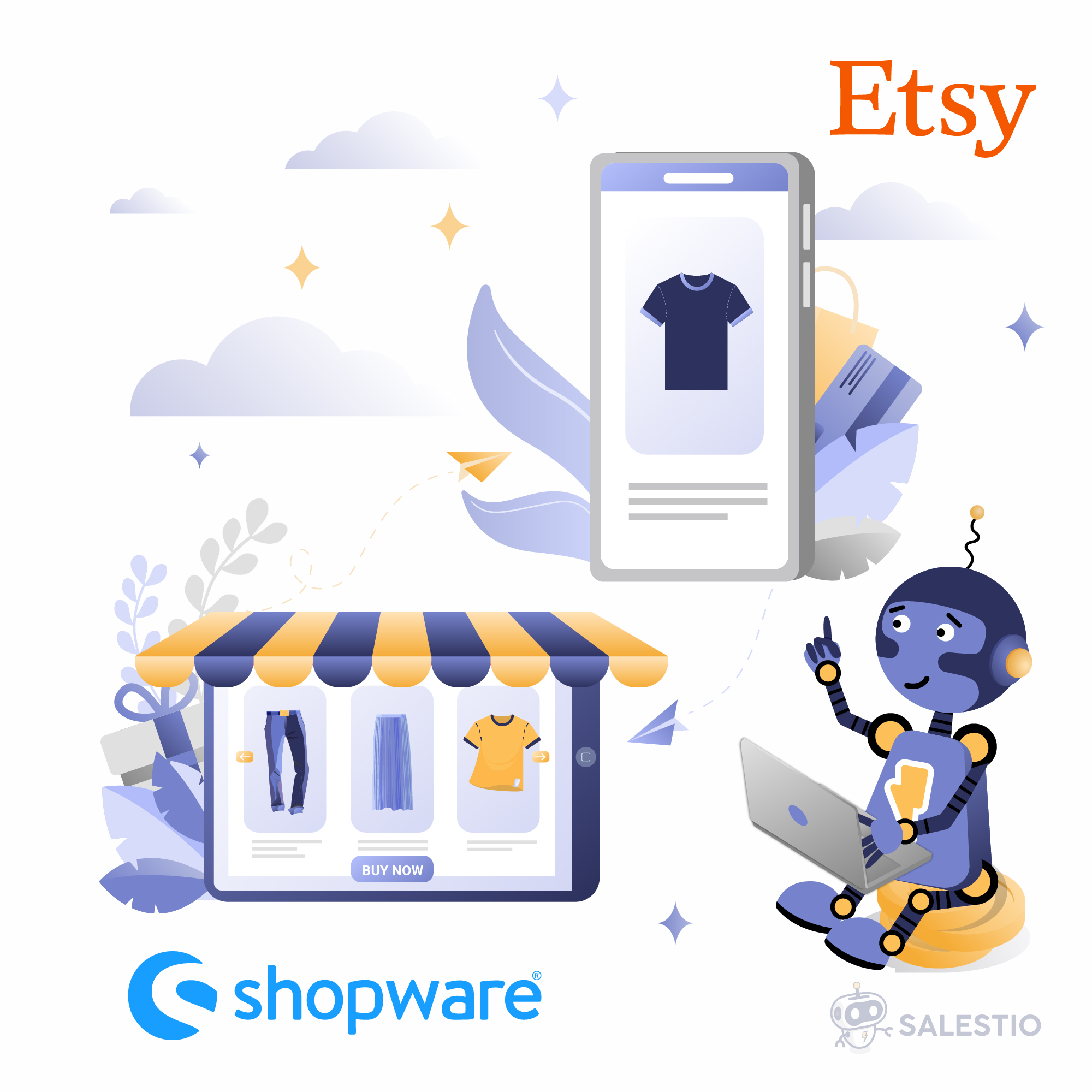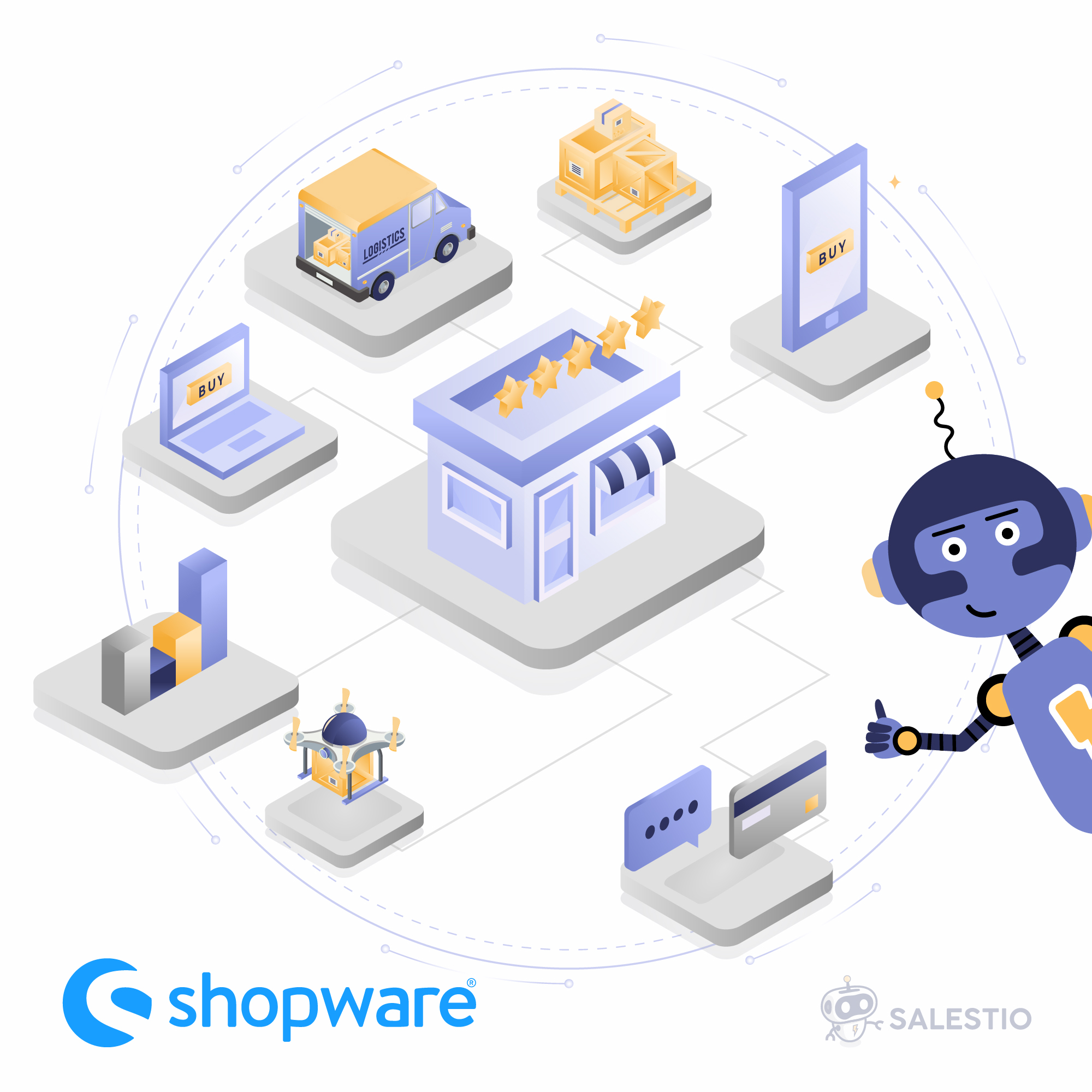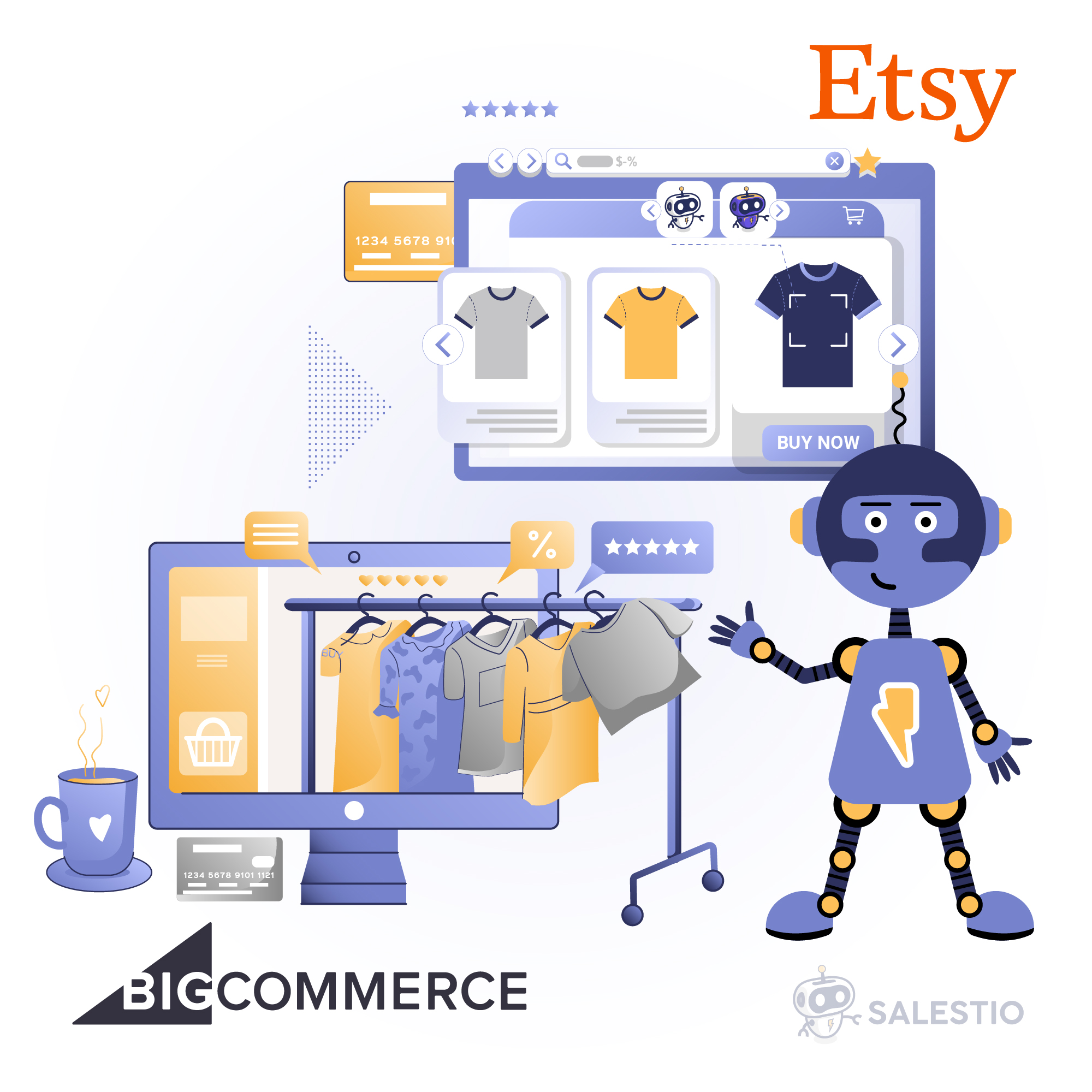27 Sep'24

A good presentation helps to sell more products on e-commerce platforms and marketplaces. Crafting clear and descriptive product titles is essential for search results. It also helps maximize your sales potential.
The use of artificial intelligence among e-commerce merchants is growing, and it has a good reason. With the help of AI tools, you can make sure that relevant information is included. In this article, we will discuss the upsides and best practices in using AI tools to help you achieve better titles and descriptions.
The importance of effective product titles
Product titles can significantly impact search rankings and encourage shoppers to open the listing if you incorporate relevant keywords used in their searches. Well-made titles with clear, descriptive language help algorithms understand the product’s relevance and improve visibility in search results. At the same time, descriptions that highlight features and benefits attract potential buyers, which increases the likelihood they’ll click on the listing. The combination of search engine optimization and a compelling presentation drives traffic and boosts sales.
Dos and dont’s for good product titles
You will need the crucial information about your items:
- Keywords: Identify relevant keywords that potential customers might use in searches. Use tools like Google Keyword Planner or marketplace-specific tools.
- Key Features: Decide the most important features of the product, such as brand, size, color, and unique selling points.
Add the gathered information into your title generation tool of choice. Adjust parameters to ensure the output aligns with your brand’s voice. Review the generated titles and make adjustments for clarity, keyword density, and appeal. Ensure they stick to marketplace character limits. You can consider A/B testing different titles to see which performs better in terms of search rankings.
Using automated titles saves time, but you have to look out for any mistakes. Stick to some common guidelines:
- Follow platform guidelines: Stick to any character limits and formatting rules specific to the marketplace.
- Highlight unique selling points: When needed, include any standout features (e.g., “Eco-Friendly,” “Limited Edition”).
- No keyword stuffing: more keywords may appeal to the algorithm, but too many jumbled words may confuse a customer.
- Avoid excessive length: Keep titles concise to meet character limits and ensure readability. Aim for clarity rather than packing in too much information.
- Keep the facts straight: Don’t exaggerate or misrepresent the product, as this can lead to customer dissatisfaction and negative reviews.
- Don’t use excessive jargon: Avoid technical terms that might confuse customers unless they’re commonly understood in your niche.
Learn more about customizing eBay and Etsy titles with Salestio
Making effective descriptions
Gather the relevant information about your product:
- Basic details: Specify product name and category. Make sure to include the exact name and model numbers.
- Features: List key information such as size, weight, materials, etc. Highlight unique features that set the product apart from the competition.
- Benefits: Describe how the product solves problems or improves the life of the user. Consider the emotional appeal.
- Customer feedback: If available, analyze the reviews and list what customers like about the product.
Input the gathered information into your generator. Be specific about the desired results to achieve the most fitting descriptions. Experiment with different prompts to have more options.
Listings on different marketplaces might be more successful with different descriptions. For example, eBay listings benefit from value and urgency, while on Etsy you can emphasize the craftsmanship and emotional appeal.
Related:
eBay Description Templates: Make Beautiful Descriptions Faster
AI tools will help you generate product titles and descriptions and can significantly enhance visibility and sales for merchants on online marketplaces like eBay, Amazon, and Etsy. Embracing new technologies positions your products for greater success and streamlines the listing process.





